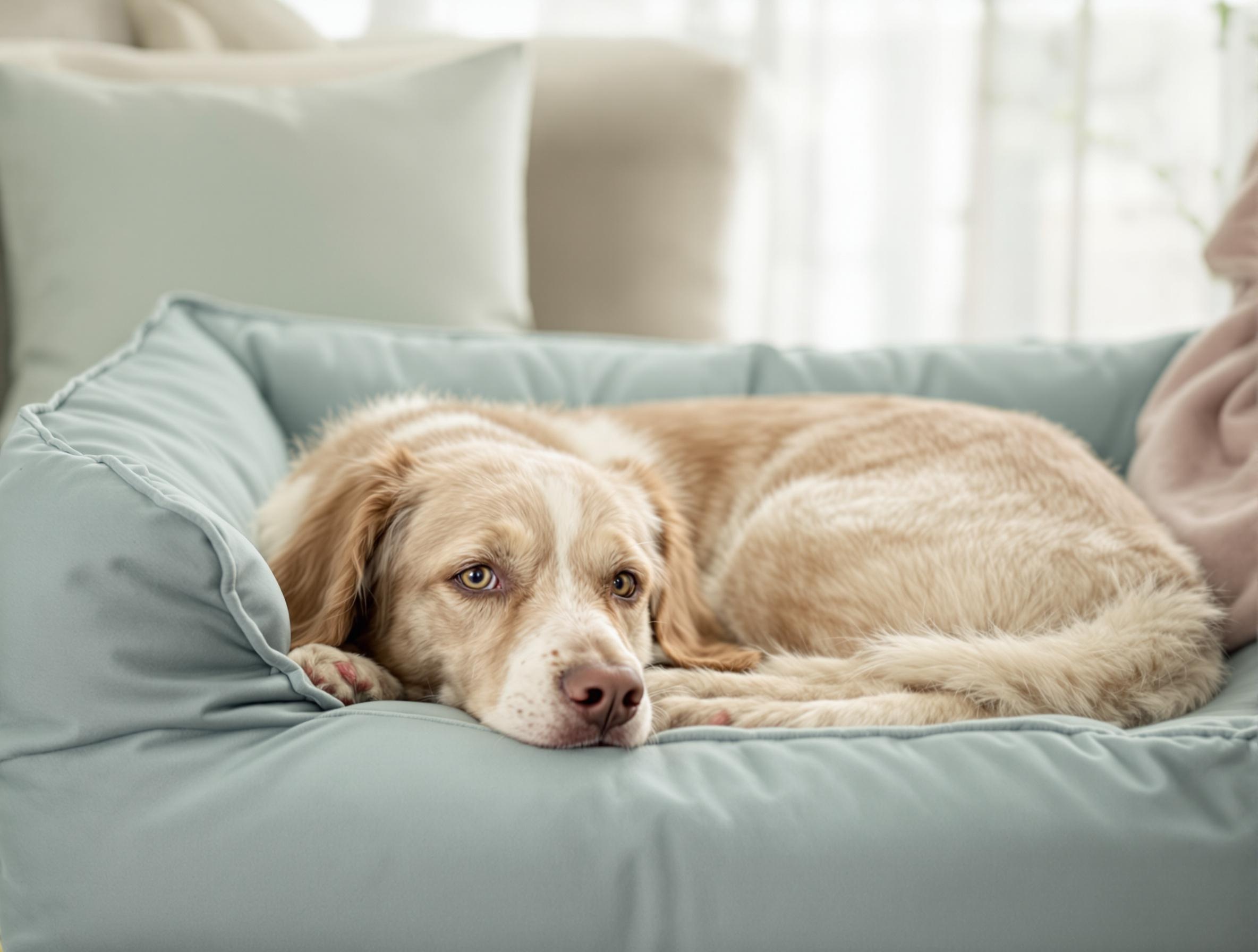Submissive Urination Treatment for Dogs

Treatment options for submissive urination
Treatment of dog submissive urination or incontinence should include a visit to your veterinarian to eliminate the possibility of a health problem. Health problems that can cause incontinence include anatomical abnormality and bladder infection. If there are no health problems, accept that your dog is urinating because he or she feels anxious. Establish calm in your household.
Calm your dog with Adaptil Collar for Dogs, which contains calming pheromones that help your dog feel like he or she is back with his or her mother. The collar provides continuous calming and can help ease stress to lessen unwanted behaviors.
Use calming herbs, such as Quiet Moments, or try a homeopathic remedy like HomeoPet Anxiety Relief. Omega 3 fatty acids, such as The Missing Link Ultimate Skin & Coat, Nordic Naturals Omega-3 Pet and Brite Coat Chews may also help, since they promote brain nutrition, learning, and appropriate behavior.
Help your dog feel less anxious
Change your greeting and exiting behaviors so they are calm, low-key events. Enter and leave without acknowledging your pet. When your pet sits quietly, greet him or her. It is best to wait until your dog has calmed down to greet him or her. See our separation anxiety section. Upon greeting, position yourself kneeling or have your pet stand so your heads are at approximately the same level.
Never punish dog submissive urination or incontinence. Punishment increases anxiety and your pet is already overly anxious. Simply clean up without comment.
Additionally, the following may help to resolve your dog’s incontinence:
- Exercise your pet twice a day because exercise promotes a feeling of well-being in pets.
- Reward your pet for everything he or she does well, but ignore what he or she does wrong. Rewarding desired actions reinforces them and your pet will repeat them. Ignoring undesirable actions extinguishes them.
- Allow your pet to sit at the same level as you sit; for example, on the sofa or an elevated pet bed.





